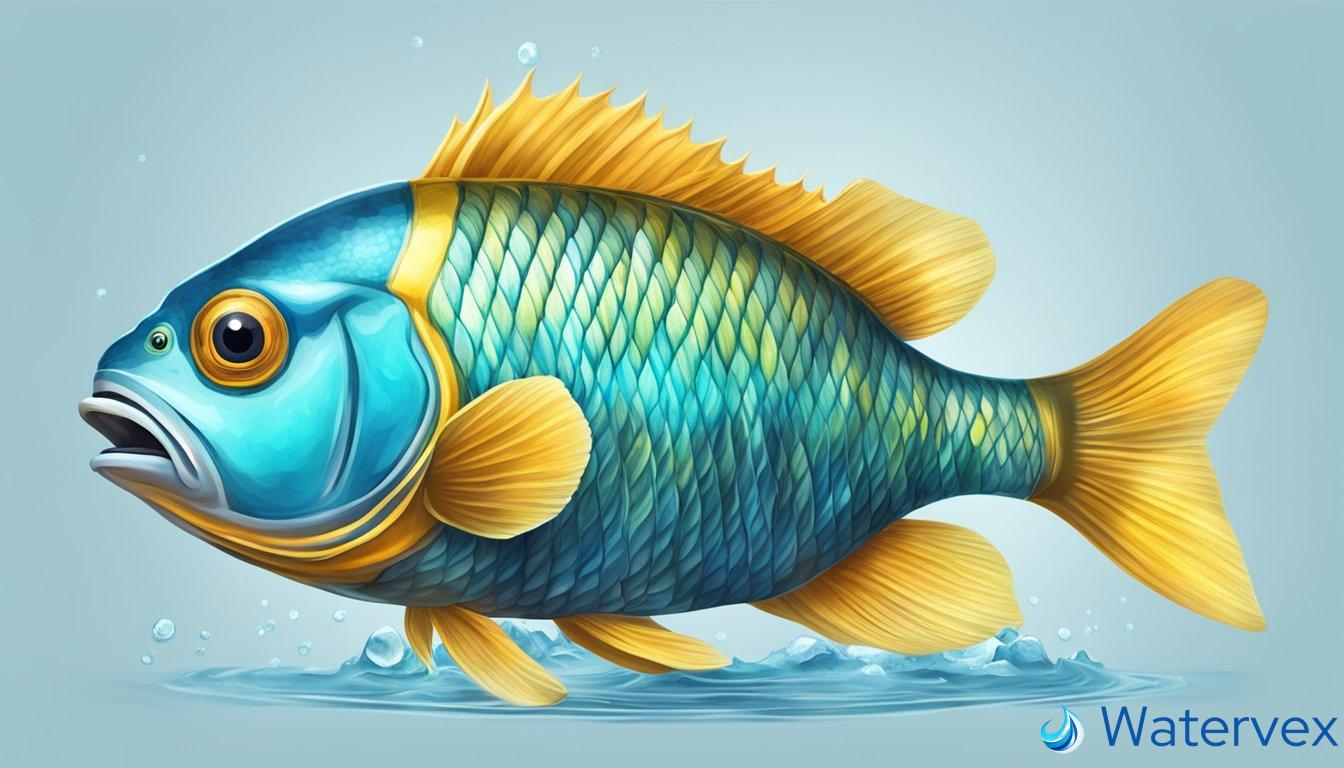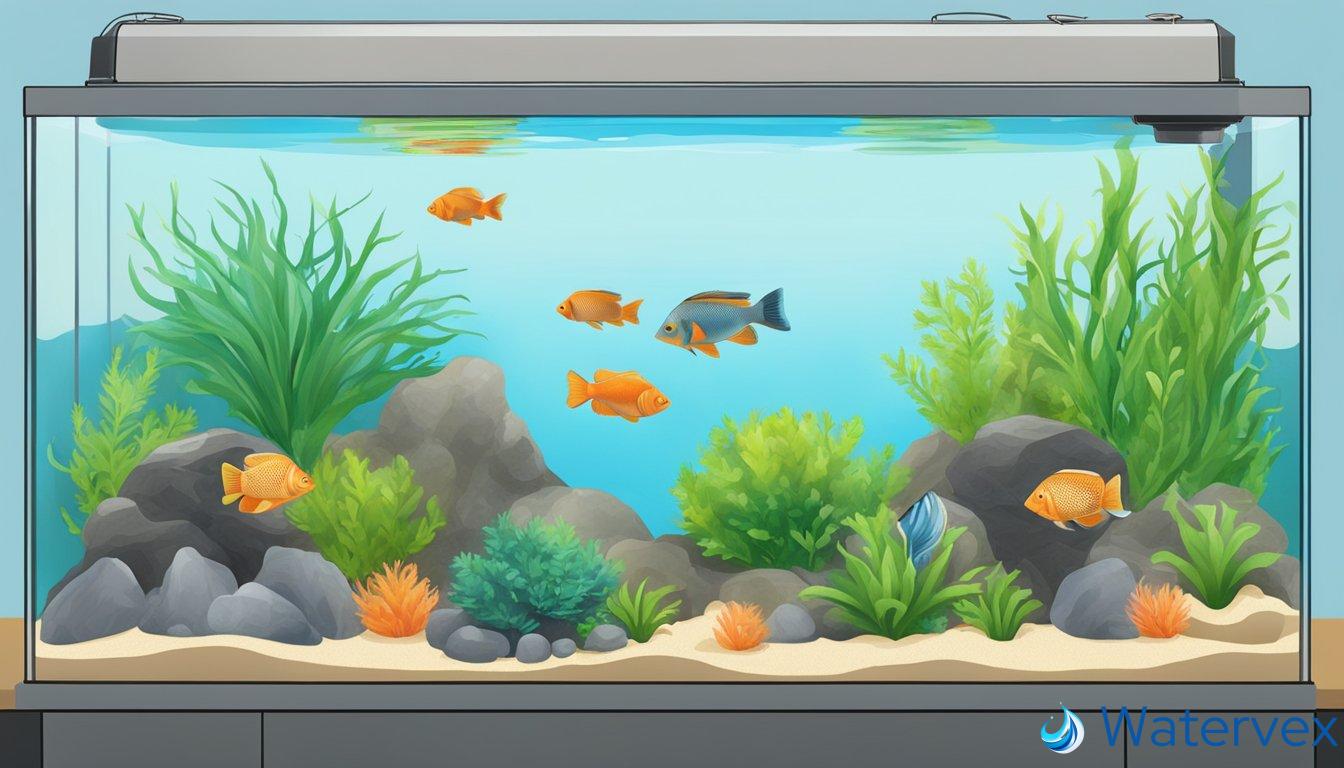Aquariums are a sanctuary for your aquatic friends, but the water from your tap can contain substances like chlorine that are harmful to them. Water conditioners play an essential role in making tap water safe for your fish. By neutralizing harmful chemicals present in tap water, such as chlorine and chloramine, these conditioners prevent potential health issues for your fish. More than just eradicating toxins, water conditioners can also alter the water chemistry to be more conducive to aquatic life by balancing pH levels and reducing stress on fish.

Understanding how to use aquarium water conditioners correctly is crucial for maintaining water quality. Each product comes with specific instructions on dosages and application methods to suit different aquarium sizes and types of aquatic life. Following these guidelines ensures optimal conditions for your fish. Remember, although it’s vital to remove harmful chemicals, using too much conditioner can be counterproductive. Proper usage maintains stability in the water environment and supports the well-being of your aquarium inhabitants.
Key Takeaways
- Water conditioners turn tap water into a safe environment for fish by neutralizing chlorine and chloramine.
- Correct usage of water conditioner is key to maintaining a balanced aquarium ecosystem.
- Overuse of water conditioners can be as harmful as the toxic substances they aim to neutralize.
The Role of Water Conditioner in Aquatic Health
Water conditioners are critical in transforming tap water into a safe environment for your aquatic pets, actively managing ammonia, nitrates, and nitrites and neutralizing harmful chemicals.
How Does Water Conditioner Benefit Your Aquatic Pets?
Water conditioners neutralize dangerous chemicals found in tap water, such as chlorine and chloramines, which can be toxic to fish. They work by either binding or breaking down these chemicals. For example, products like Seachem Prime not only detoxify harmful compounds but also provide a safety margin by fostering the natural slime coat that fish need for optimal health. This protective barrier aids in guarding the fish’s gills and membrane, allowing for better oxygen absorption and overall vitality.
- Heavy Metals: Water conditioners bind heavy metals present in the water, rendering them harmless.
- Ammonia: Quality conditioners help in converting ammonia into a non-toxic form, protecting your fish from toxicity.
- Optimal Habitat: Conditioners can adjust pH levels maintaining a stable environment that promotes fish health and longevity.
Incorporation of ingredients like aloe vera can further enhance the slime coat of fish, akin to a stress coat product promoting a safe environment for healing and prevention of disease.
What Changes Can You Observe in Fish with Properly Conditioned Water?
Observing your fish after using a water conditioner can reveal immediate changes in stress levels and their overall health. Fish in properly conditioned water tend to display:
- Increased Activity: Because the water is free of harmful chemicals, your fish have more energy and show more natural behavior.
- Improved Coloration: Fish often exhibit brighter colors and signs of good health thanks to the proper filtration and water quality.
Filtration plays a pivotal role in maintaining water quality. When paired with routine water changes and the use of water conditioners, the filtration system aids in keeping the water clear of algae and nitrate build-up, which can cause stress and health issues for fish. Good conditioning also contributes to longevity, creating a habitat in which your fish can thrive for years.
Water Conditioner Products and Usage

When setting up a new aquarium, understanding the role of water conditioners is key to ensuring the safety and health of your aquatic animals. These products are designed to detoxify impurities such as chlorine, chloramine, and heavy metals, which are toxic to fish. The typical water conditioner comes in liquid form, making it easy to blend into your tank.
A primary function of conditioners is to serve as a dechlorinator. The dosage guidelines typically require you to add a certain amount of conditioner per gallon of water. For instance, the API Water Conditioner advises 5 mL per 10 gallons to effectively treat the water. Overdose can be harmful, so stick to the instructions.
Water conditioners also facilitate the nitrogen cycle, providing a boost to beneficial bacteria. These are essential for a healthy aquarium ecosystem. Popular products like Seachem Prime go beyond dechlorination, helping to detoxify ammonia present in water, which is especially useful after a partial water change.
Some advanced conditioners, like those from Fluval, might contain electrolytes that promote fish health, maintain pH levels, and support the slime coats of fish. To illustrate, Aqueon Tap Water Conditioner includes ingredients that reduce fish stress associated with water changes by promoting the recovery of damaged tissue.
Do remember, if using reverse osmosis or other forms of purified water, replenishing essential minerals might be necessary. This ensures the water is not only free of contaminants but also conducive to the well-being of the fish.
In summary, carefully select a water conditioner that matches the specific needs of your aquarium and always adhere closely to the dosage instructions. It’s an uncomplicated yet vital component for maintaining a vibrant, healthy fish habitat.

